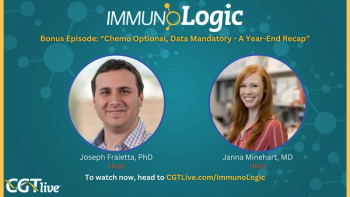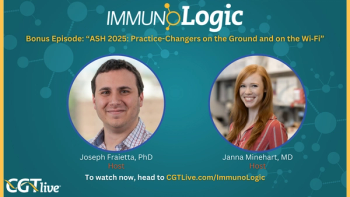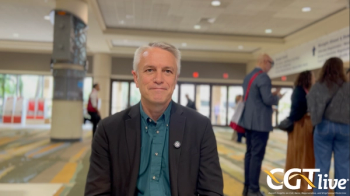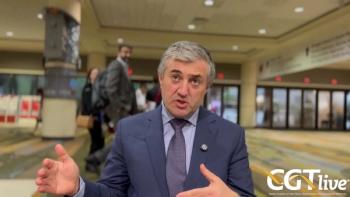
Emerging Gene Therapy Methods in SCD
Experts review data around emerging gene therapy approaches in sickle cell disease.
Abdullah Kutlar, MD: There are other gene therapy approaches. One is using CRISPR-Cas9, which has been used for 2 purposes. There are trials that use CRISPR-Cas9 to inactivate BCL11A in red blood cells. As you know, BCL11A is the main factor in this switch. It decreases the fetal hemoglobin expression and switches to the adult. If you disrupt this in red blood cells only, and you can do that by deleting an enhancer, then the fetal hemoglobin expression continues to be high. That’s the approach used by David Williams at Boston Children’s Hospital.
There was a publication of 7 patients with thalassemia and 2 patients with sickle cell with the same approach. It was a plenary session paper, and it showed early-stage efficacy. Now there’s another gene therapy approach that attempts to correct the sickle cell mutation. It’s being developed by investigators at Stanford University. What they try to do is correct the sickle mutation. What I have been able to find out, the study has not started. But in vitro, they have found that 70% of the CRISPR-Cas9 export cells have a correction, some correction of both alleles. In other words, you take an SS and turn it to an AA, which is the most desirable thing. For the remainder, there’s a single correction, which means you turn an SS to an AS. It remains to be seen how effective it is. Certainly, the occurrence of these malignancies in gene therapy trials cast some doubt. I don’t know what the outcome will be. Certainly, that’s a much-needed therapeutic approach. Hopefully, some safety measures will be able to be put in place, because they work.
Wally Smith, MD: She looked at 40 patients and put us on a roller coaster, right? She showed us that 25 of 40 had been treated and followed for 12 months. And their hemoglobin count was really good, an 11 g/dL. With 5 of 11 coming from that new hemoglobin that you just got through talking about.
Abdullah Kutlar, MD: The other thing that I didn’t mention, Wally, is that she looked at the crisis numbers. These patients had a median VOC [vaso-occlusive disease] and acute chest syndrome of 4 per year in the previous 3 years. And after that it was 0.
Wally Smith, MD: Everybody got excited. You’ve turned an SS into a sickle cell trait, essentially. It was a whole bunch of patients, and we got excited. And what you said happened just a couple of weeks ago. It’s as if they’re running to the exit. Everybody’s going off; forget that. But at this point, we don’t know whether it was the Busulfan, the conditioning agent, or if it was something else that caused these problems. The jury is still out.
Transcript Edited for Clarity
Newsletter
Stay at the forefront of cutting-edge science with CGT—your direct line to expert insights, breakthrough data, and real-time coverage of the latest advancements in cell and gene therapy.































